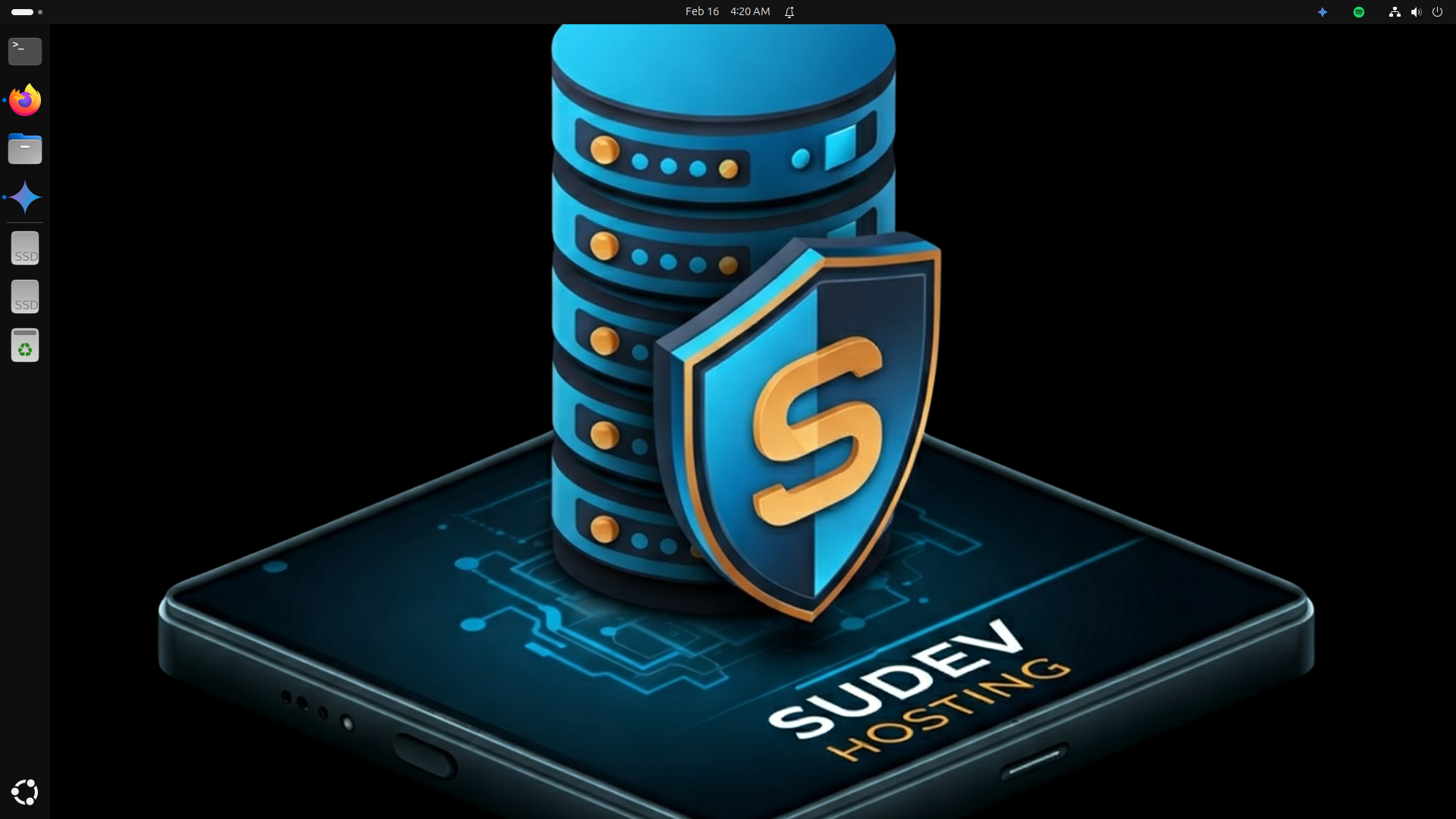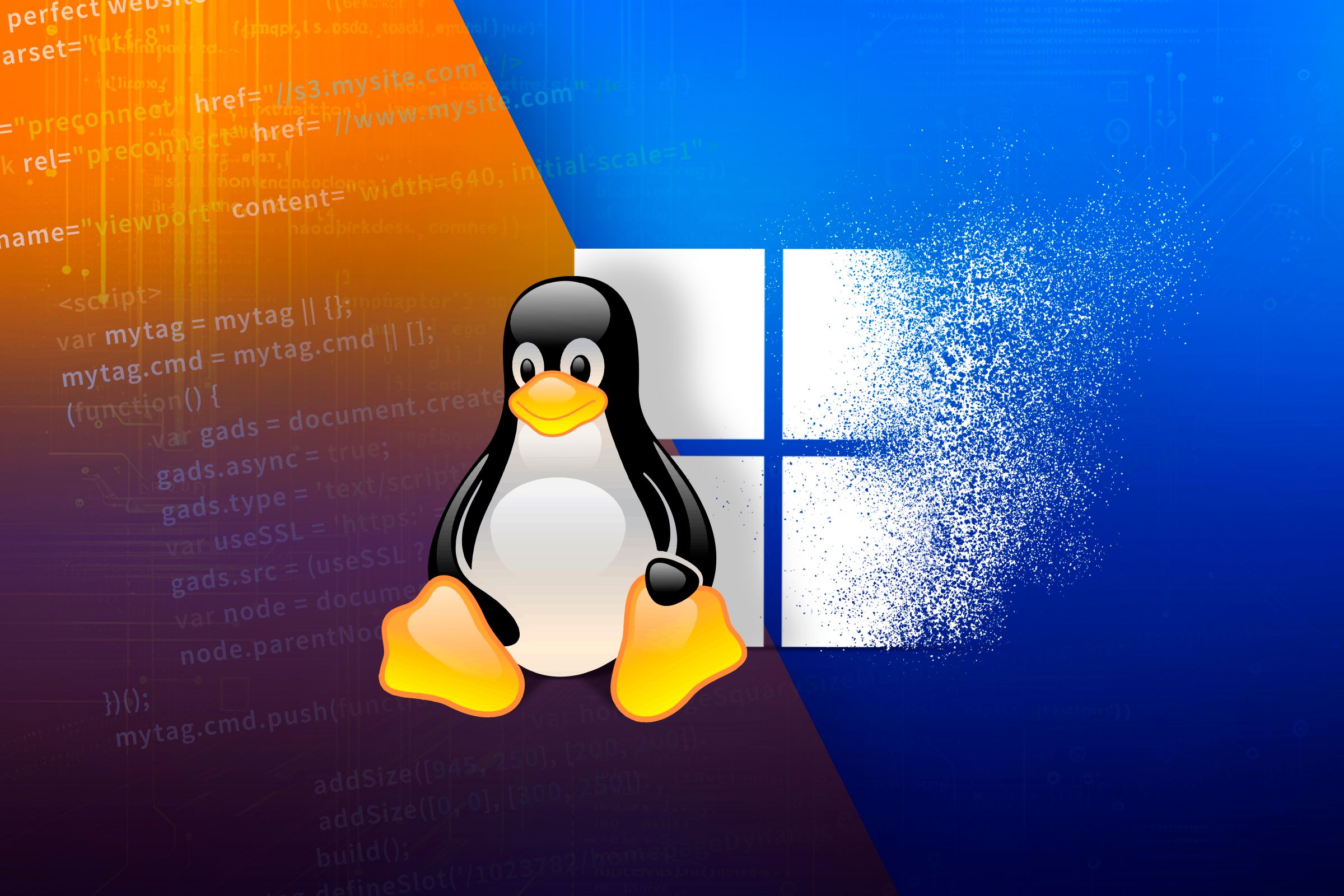The Breaking Point
Anyone else feel like their computer is running them instead of the other way around? Windows 10 had become a constant source of frustration. Bloatware slowed everything down, updates constantly interrupted my workflow, and the ever-growing pile of temporary files felt like digital clutter. The final straw? The looming cost of upgrading to Windows 11 just to keep up. I needed a system that worked for me, not against me. So, I decided to return to an old friend. An operating system I hadn’t used as my daily driver in years. It was time… for Linux.
A Complicated Relationship with Operating Systems
My relationship with operating systems has been… complicated. I started with Windows, like most people, and stuck with it for a long time. I even dabbled in Linux years ago, using it as my primary OS for a while. That was back when I was heavily into PC gaming, and while many games worked on Linux, the anti-cheat situation was always a bit of a struggle. Eventually, the release of games like Rust, which were difficult to play due to anti-cheat measures, and my shift to C# development, which at the time was much more seamless on Windows, led me to a full-time Windows environment. But the memory of Linux’s flexibility and control always lingered in the back of my mind. And now, with my own web hosting company, Sudev Hosting, Linux’s networking prowess has become even more appealing. The ability to seamlessly connect to my remote servers directly from my desktop, and manage everything with greater efficiency, is a huge advantage. Windows, while capable, always felt like it was adding extra layers of complexity to network management. Linux, on the other hand, just gets it.
Choosing the Right Distribution
So, the time had come to make the switch. But which distribution to choose? I spent some time browsing DistroWatch.org, exploring various options. Mint and Pop!_OS were tempting, with their focus on user-friendliness and performance. However, familiarity won out in the end. My previous experience with Ubuntu, combined with the fact that my servers also run on Ubuntu, made it the logical choice. I opted for the latest LTS (Long Term Support) version of Ubuntu Desktop, ensuring stability and a solid foundation for my workflow. It felt like coming home.
Installation and First Impressions
The installation process itself was surprisingly smooth, though I did notice some changes, particularly in the disk partitioning section. It seemed more streamlined than previous Ubuntu releases, which was nice, but I also felt a bit less control over the partitioning process. In the end, I opted to let the installer use an entire 1TB SSD I had connected via SATA. It used the whole disk for the install, but the resulting system only took up about 10GB of space – a stark contrast to the massive footprint Windows would have left behind. That efficiency alone was a breath of fresh air.
However, the transition wasn’t entirely seamless. I ran into a bit of a snag with my Netgear Wi-Fi dongle. For some reason, the network adapter just refused to cooperate with Linux. It simply wouldn’t recognize the device. After a bit of research, I discovered that this particular dongle is known to have compatibility issues with Linux. There are workarounds available, but they often break with system updates, which isn’t a long-term solution. For now, I’m using my Android phone as a Wi-Fi tether, which works, but isn’t ideal. I’ll be switching to a wired connection to my router soon to resolve this. It’s a small hiccup, but a reminder that hardware compatibility can sometimes be a challenge with Linux.

Software Setup and Customization
Booting into the freshly installed Ubuntu was a delight. Everything felt snappy and responsive, even on my somewhat older hardware. The GNOME desktop environment looked clean and modern, and I quickly customized it to my liking. One of the first things I did was install my essential software. LibreOffice replaced Microsoft Office seamlessly, providing all the functionality I needed for documents and spreadsheets. For image editing, I opted for GIMP, a powerful open-source alternative to Photoshop. And of course, I installed Firefox, my browser of choice.
But I didn’t stop there. As a web developer, setting up my local development environment was crucial. I installed all the necessary PHP packages and configured a LAMP stack for local web testing. Docker was also essential for containerization, and VS Code became my IDE of choice. Beyond work, I wanted to ensure I could still enjoy my downtime. I installed Steam, and I was pleased to discover that most of the games I enjoy are compatible with Linux. Spotify provided my music fix, and Aseprite allowed me to continue my pixel art projects. These projects, in particular, are for game development. I’m currently working with the Godot Engine, and also developing an ASCII game in C# called Pillage(r) using a custom-made ASCII engine. For my growing interest in home automation, I installed Home Assistant, which I plan to use to replace my Google Home setup soon. For remote server access, I’ve been using the default Linux file browser, which allows me to connect via ssh:// directly to my server’s IP address. It’s incredibly convenient – it’s like having the server’s desktop right there on my own. Speaking of security, I also disabled password login on my remote servers, opting for key-based authentication. And to explore the vast world of available software, I installed Synaptic Package Manager. It’s amazing to see just how many packages are available through apt – the possibilities seem endless!
Daily Use, Challenges, and Triumphs
So, how has the transition been in daily use? For the most part, it’s been remarkably smooth. My workflow hasn’t missed a beat. Web development, gaming, even pixel art creation – everything just works. The speed and responsiveness of Ubuntu are noticeable, especially compared to the resource-heavy Windows 10. It’s refreshing to have a system that doesn’t feel like it’s constantly fighting me for resources.
Of course, there have been a few minor bumps along the road. The Wi-Fi dongle issue, as mentioned earlier, is a temporary annoyance. I’m also still getting used to some of the keyboard shortcuts and navigating the GNOME desktop environment. It’s a different workflow than Windows, but I’m quickly adapting. And, as with any new system, there’s a bit of a learning curve. I’ve occasionally had to consult online forums and documentation to figure out how to do certain things. But the Linux community is incredibly helpful, and I’ve always been able to find solutions to my questions.
But the triumphs far outweigh the challenges. The feeling of control over my system is invigorating. I love being able to customize almost anything and not having to worry about bloatware or unwanted updates. The seamless integration with my servers has been a huge time saver. And the sheer variety of software available is astonishing. I’m constantly discovering new and useful tools that enhance my workflow. One aspect I’m particularly enjoying is the power and flexibility of the terminal. I spend a lot of my time working in the terminal, and Linux provides so many options for customization. Writing shell scripts for automation, backups, and various other tasks has become an integral part of my workflow, and it’s something that’s much more intuitive and powerful on Linux than on Windows. Switching back to Linux has been a breath of fresh air. It feels like I’ve regained control over my digital environment.
Conclusion
Switching back to Linux has been a breath of fresh air. It feels like I’ve regained control over my digital environment. The speed, flexibility, and security of Linux have made it a perfect fit for my needs, both personal and professional. While there have been a few minor challenges, the benefits far outweigh any temporary inconveniences. If you’re looking for an alternative to Windows or macOS, I encourage you to give Linux a try. It might just surprise you.
Have you made the switch to Linux? What has your experience been like? Share your thoughts and questions in the comments below!


No responses yet